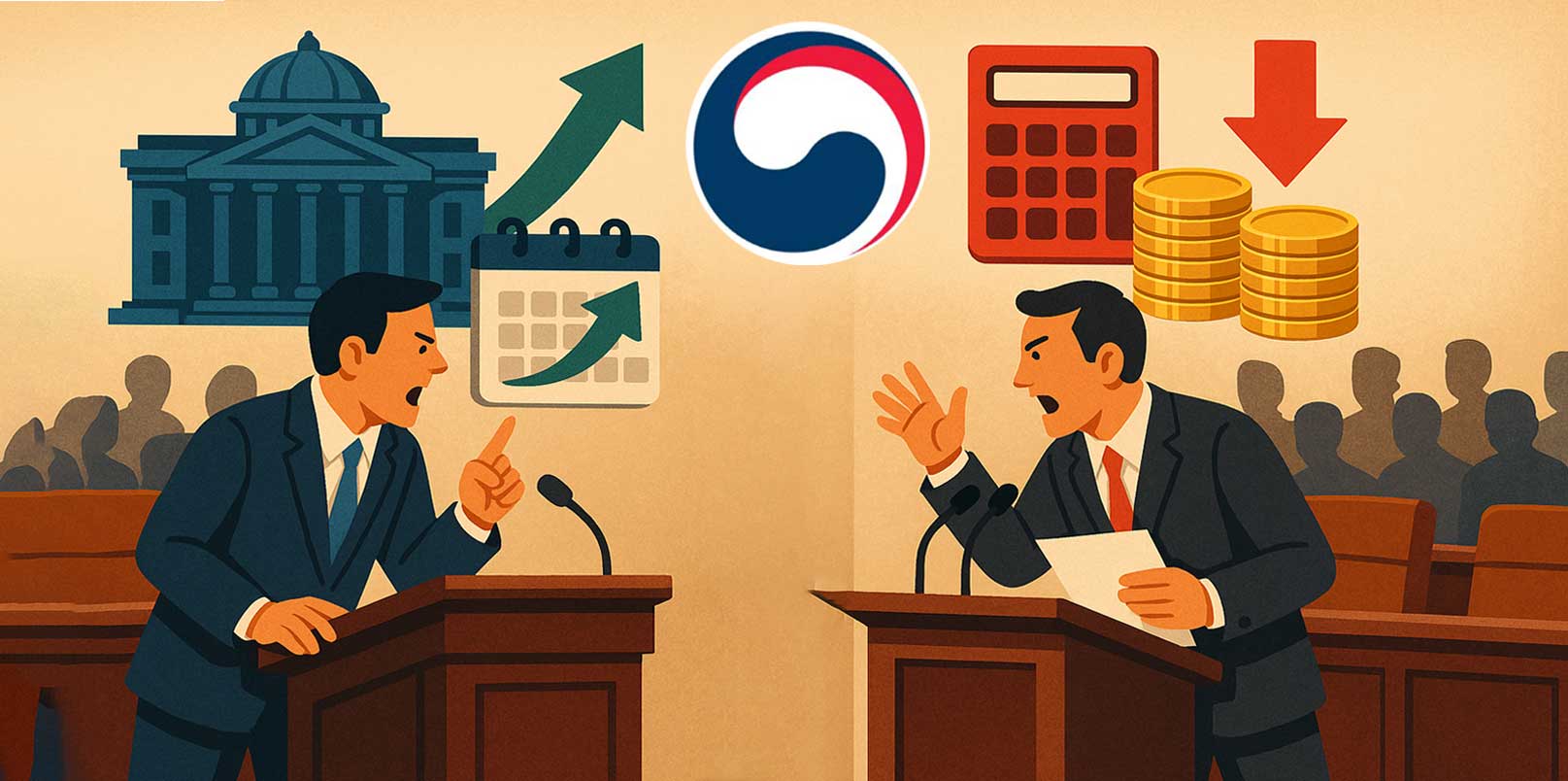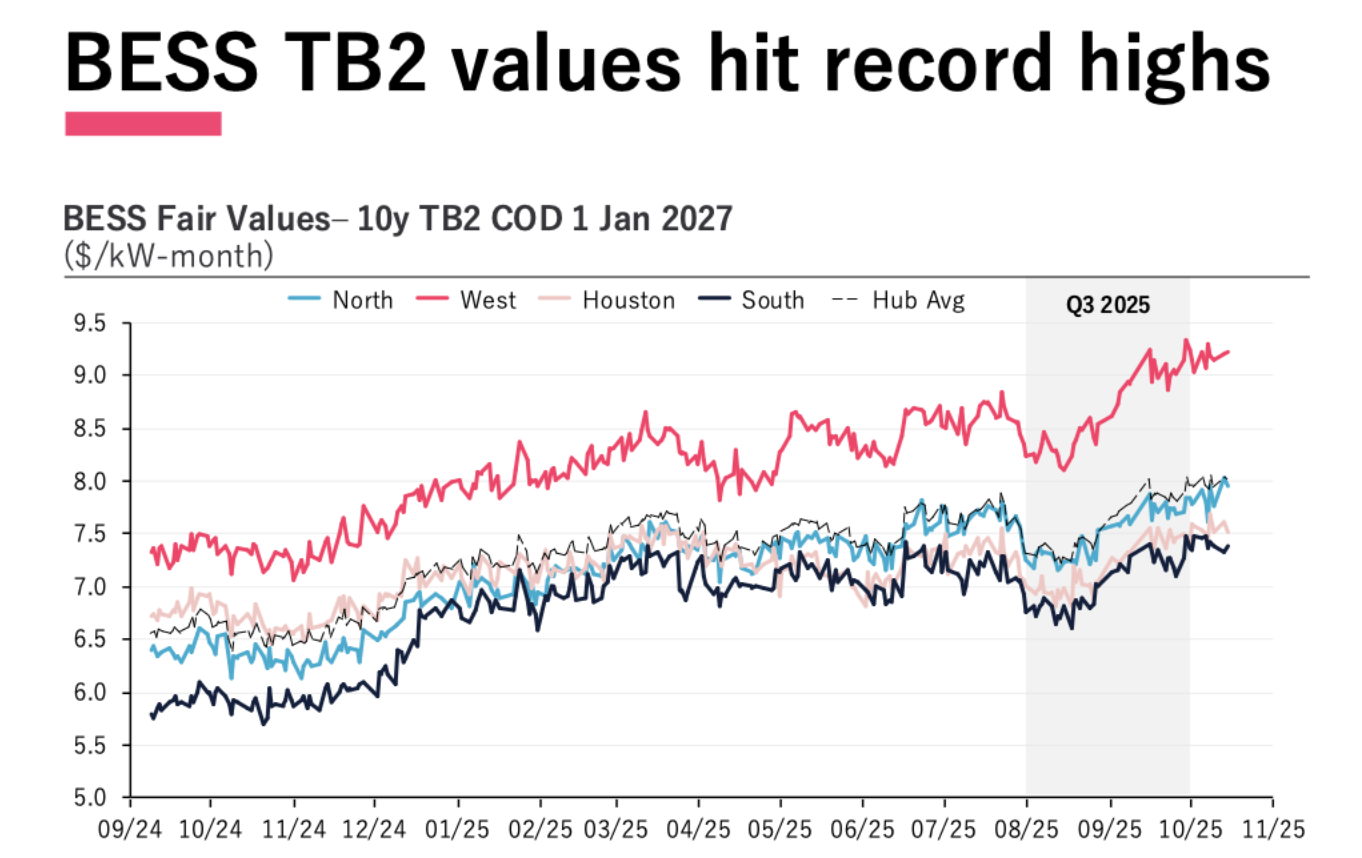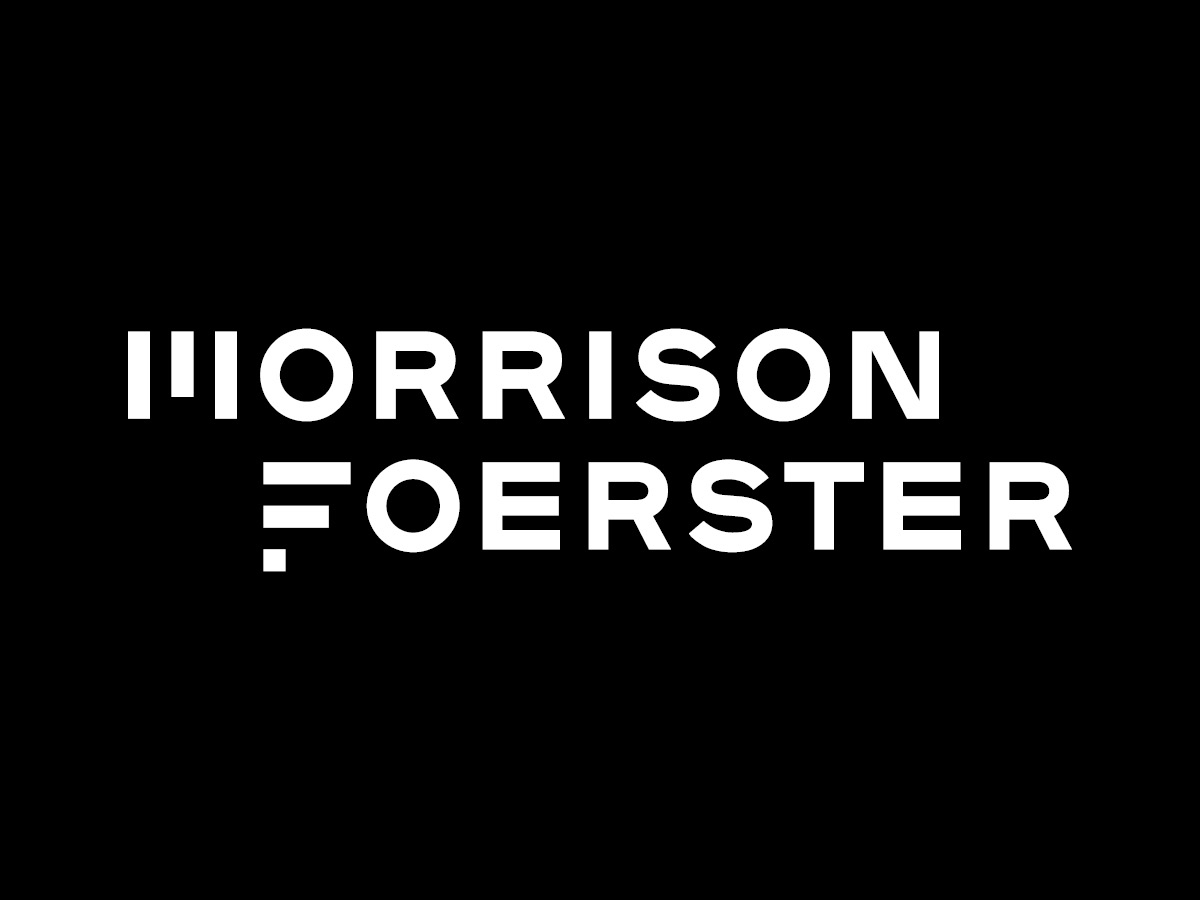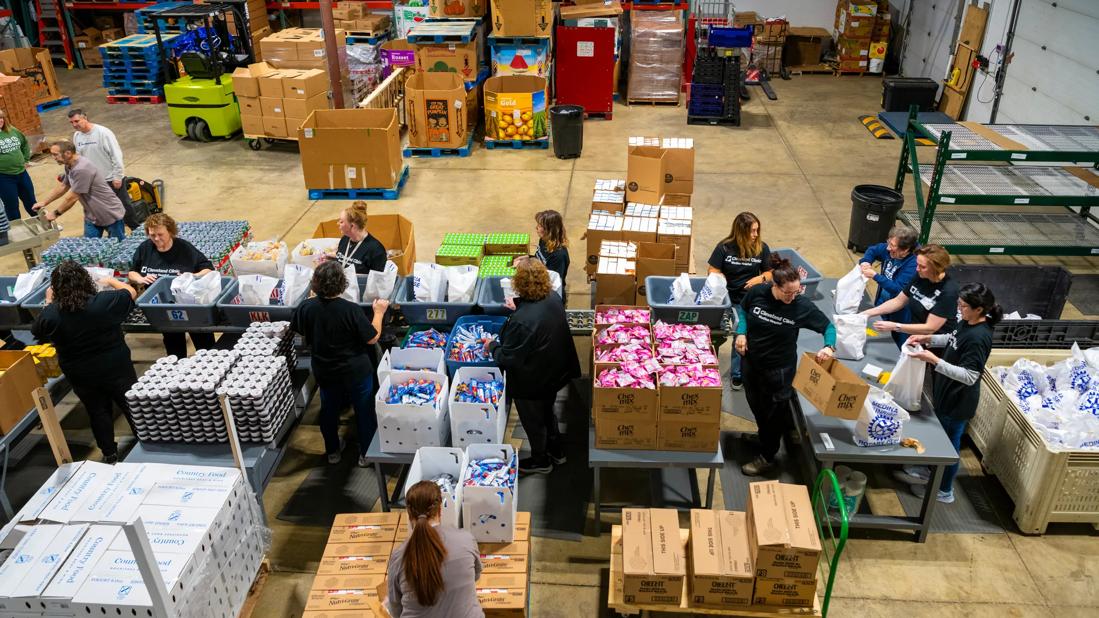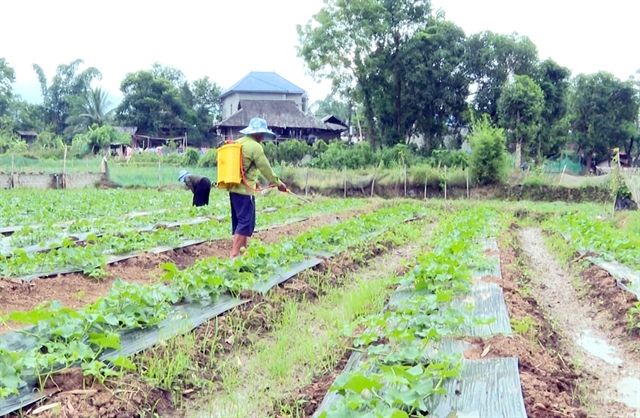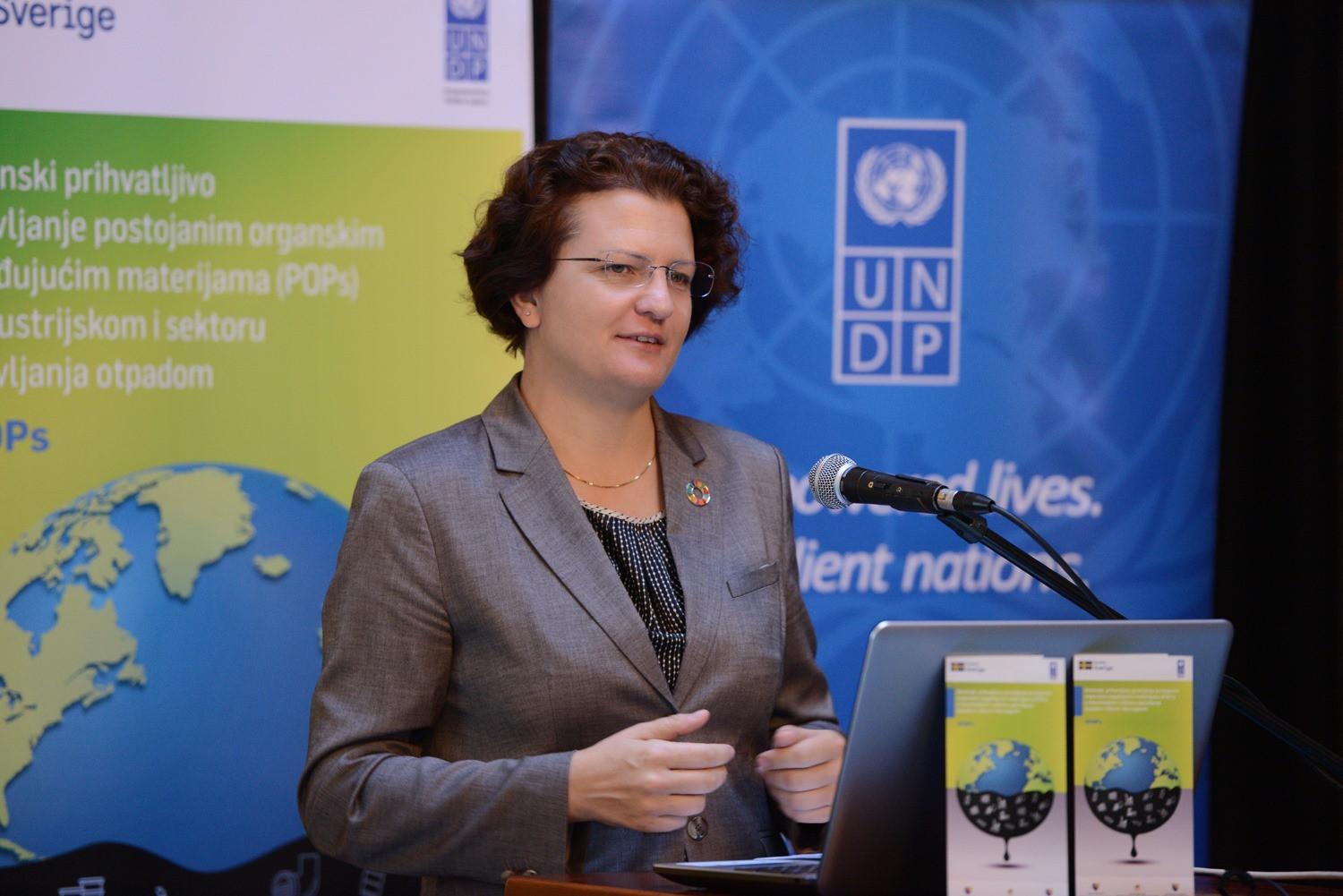Ending the stigma around addiction and mental health – Brookings Register
.jpg?#)
Advancing Sustainable Development through Mental Health and Addiction Support
The Pervasive Challenge to SDG 3: Good Health and Well-being
- Across the United States, challenges related to mental health and substance use disorders represent a significant public health issue, posing a direct challenge to the achievement of Sustainable Development Goal 3 (Good Health and Well-being).
- A primary barrier to care is not a lack of available services, but the pervasive social stigma associated with these conditions.
- This stigma directly impedes progress toward SDG 3, particularly Target 3.4, which aims to promote mental health and well-being, and Target 3.5, which focuses on strengthening the prevention and treatment of substance abuse.
The Systemic Impact of Stigma on Sustainable Development Goals
A Barrier to SDG 10: Reduced Inequalities
- Social and Cultural Stigma: Manifests through harmful commentary, judgmental attitudes, and media portrayals that dehumanize individuals with depression, anxiety, trauma, or substance use disorders.
- Systemic Stigma: Embedded within institutional frameworks, including healthcare and justice systems, often resulting in policies that punish rather than support affected individuals.
- Internalized Stigma: Leads to self-blame and “label avoidance,” a phenomenon where individuals forgo necessary care to avoid the shame and judgment associated with a diagnosis.
- This marginalization creates and exacerbates social and economic disparities, undermining the objective of SDG 10 to reduce inequalities and promote the social inclusion of all persons.
Consequences for SDG 16: Peace, Justice, and Strong Institutions
- Stigmatization frequently results in punitive rather than health-focused responses within the justice system, contradicting the principles of effective and humane institutions.
- Failure to treat addiction and mental health challenges as treatable health conditions undermines the development of inclusive and just institutions as mandated by SDG 16, which seeks to ensure equal access to justice for all.
A Strategic Framework for Combating Stigma and Fostering Inclusive Health Systems
Core Principles for Action
- Compassion-Led Engagement: Fostering environments where individuals are met with dignity and respect, creating safe spaces for disclosure and treatment.
- Education and Advocacy: Actively challenging personal and systemic biases by educating the public and professionals on the scientific realities of addiction and mental health.
- Narrative Change: Promoting the truth that recovery is possible and that individuals are distinct from their health conditions.
An Institutional Model for Achieving the SDGs
The University of South Dakota’s Department of Addiction Counseling & Prevention provides an operational model aligned with SDG 17 (Partnerships for the Goals) through its commitment to education, advocacy, and community care. A significant initiative includes a $2 million grant to support individuals with substance use disorders who are involved with the court system. This project directly advances SDG 3 and SDG 16 by integrating:
- Prevention services to reduce the incidence of substance use disorders.
- Harm reduction strategies to mitigate negative health outcomes.
- Comprehensive treatment for diagnosed disorders.
- Robust recovery support systems to ensure long-term well-being and social reintegration.
Conclusion: A Call to Action for an Inclusive and Sustainable Future
Collective Responsibility in Achieving the 2030 Agenda
- Eradicating stigma is a foundational requirement for building healthy and inclusive societies and requires a concerted, multi-stakeholder effort.
- Actions such as challenging harmful language, practicing active listening, and fostering unconditional acceptance are critical contributions toward this goal.
- Ultimately, achieving the vision of the Sustainable Development Goals necessitates the creation of communities where no individual is forced to hide their pain and everyone has equitable access to care, ensuring that no one is left behind.
Analysis of SDGs, Targets, and Indicators
1. Which SDGs are addressed or connected to the issues highlighted in the article?
The article on addiction and mental health stigma in South Dakota addresses several Sustainable Development Goals (SDGs). The analysis identifies the following SDGs as being directly relevant to the issues discussed:
- SDG 3: Good Health and Well-being: This is the most prominent SDG in the article. The text focuses extensively on addiction as a “treatable health condition,” mental health challenges, the importance of seeking care, and the deadly consequences of untreated conditions. The entire narrative revolves around improving health outcomes for individuals struggling with these issues.
- SDG 4: Quality Education: The article highlights the role of education in combating stigma. It specifically mentions the “University of South Dakota, the Department of Addiction Counseling & Prevention,” whose students and faculty “work to educate, advocate and care for people.” This demonstrates a direct link to using education to create societal change and equip professionals with the necessary skills.
- SDG 10: Reduced Inequalities: The article addresses the social exclusion and discrimination faced by people with addiction and mental health issues. It describes stigma as being “deeply embedded in our systems and culture” and leading to “judgment directed at those struggling.” The call to fight stigma is a call to reduce the inequality of opportunity and promote the social inclusion of a vulnerable group.
- SDG 16: Peace, Justice and Strong Institutions: The article touches upon the role of systems and policies in either helping or harming individuals. It critiques “policies that punish rather than support” and mentions a grant to provide services for individuals “involved with the courts.” This connects to building more just, inclusive, and supportive institutions that promote healing rather than punishment.
2. What specific targets under those SDGs can be identified based on the article’s content?
Based on the article’s content, several specific targets under the identified SDGs can be pinpointed:
- Under SDG 3 (Good Health and Well-being):
- Target 3.4: “By 2030, reduce by one third premature mortality from non-communicable diseases through prevention and treatment and promote mental health and well-being.” The article directly supports this target by stating that the silence caused by stigma “can be and is deadly” and by advocating for treatment and prevention to promote healing and well-being.
- Target 3.5: “Strengthen the prevention and treatment of substance abuse, including narcotic drug abuse and harmful use of alcohol.” This target is central to the article. The work of the USD’s Department of Addiction Counseling & Prevention and the $2 million grant for “prevention, harm reduction, treatment and recovery services” are direct actions towards achieving this target.
- Target 3.8: “Achieve universal health coverage…and access to quality essential health-care services.” The article’s plea that “Everyone deserves access to care” and its focus on removing stigma as a barrier to seeking help directly relate to the goal of ensuring everyone can access the healthcare they need.
- Under SDG 4 (Quality Education):
- Target 4.7: “By 2030, ensure that all learners acquire the knowledge and skills needed to promote sustainable development…and promotion of a culture of peace and non-violence…” The article highlights how the university’s department is educating future professionals and the public to “challenge our own biases and educate ourselves on the realities of addiction and mental health,” thereby fostering a more compassionate and supportive culture.
- Under SDG 10 (Reduced Inequalities):
- Target 10.2: “By 2030, empower and promote the social, economic and political inclusion of all…” The article’s core mission is to fight the stigma that socially excludes people with mental health and substance use disorders. Creating “spaces where people are met with dignity, not dismissal” is a direct effort to promote their inclusion.
- Target 10.3: “Ensure equal opportunity and reduce inequalities of outcome, including by eliminating discriminatory…policies and practices…” The article critiques “policies that punish rather than support” and “media portrayals that dehumanize,” implicitly calling for the elimination of these discriminatory practices to ensure people have an equal opportunity to heal.
3. Are there any indicators mentioned or implied in the article that can be used to measure progress towards the identified targets?
The article does not mention official SDG indicators, but it implies several ways progress could be measured:
- For Target 3.5 (Strengthen prevention and treatment of substance abuse):
- An implied indicator is the number of individuals with substance use disorders involved with the courts who receive services through the $2 million grant mentioned. This is a quantifiable outcome of the program.
- Another indicator is the establishment and reach of prevention programs, treatment settings, and community outreach efforts, which the article states the university department is actively engaged in.
- For Target 3.4 (Promote mental health and well-being):
- A key implied indicator is a reduction in “label avoidance,” meaning an increase in the number of people seeking care for addiction and mental health issues. This would signify a decrease in the stigma that keeps them from getting help.
- A long-term indicator would be a reduction in mortality rates associated with addiction and mental health crises, as the article notes the current situation is “deadly.”
- For Target 4.7 (Education for sustainable development and compassionate cultures):
- An indicator is the number of students trained and graduating from the Department of Addiction Counseling & Prevention, who are equipped to “educate, advocate and care for people.”
- Progress could also be measured by tracking the reduction of “harmful language” and “harmful comments” in public discourse and media, which the article calls on everyone to challenge.
4. Summary Table of SDGs, Targets, and Indicators
| SDGs | Targets | Indicators (Implied from Article) |
|---|---|---|
| SDG 3: Good Health and Well-being |
3.4: Promote mental health and well-being and reduce premature mortality.
3.5: Strengthen the prevention and treatment of substance abuse. 3.8: Achieve universal access to quality health-care services. |
– Reduction in mortality rates related to addiction and untreated mental health conditions. – Increased rates of individuals seeking care (reversal of “label avoidance”). – Number of individuals receiving services through the grant-funded program. – Number of community outreach and prevention programs implemented. |
| SDG 4: Quality Education | 4.7: Ensure learners acquire knowledge and skills to promote a culture of compassion and well-being. |
– Number of students and faculty in the Addiction Counseling & Prevention department working to educate and advocate. – Number of people reached through community education on addiction and mental health. |
| SDG 10: Reduced Inequalities |
10.2: Empower and promote the social inclusion of all.
10.3: Ensure equal opportunity and eliminate discriminatory policies and practices. |
– Perceived reduction in social stigma and judgment. – Evidence of policy changes from punitive to supportive for individuals with substance use disorders. – Reduction in dehumanizing media portrayals. |
Source: brookingsregister.com

What is Your Reaction?
 Like
0
Like
0
 Dislike
0
Dislike
0
 Love
0
Love
0
 Funny
0
Funny
0
 Angry
0
Angry
0
 Sad
0
Sad
0
 Wow
0
Wow
0














